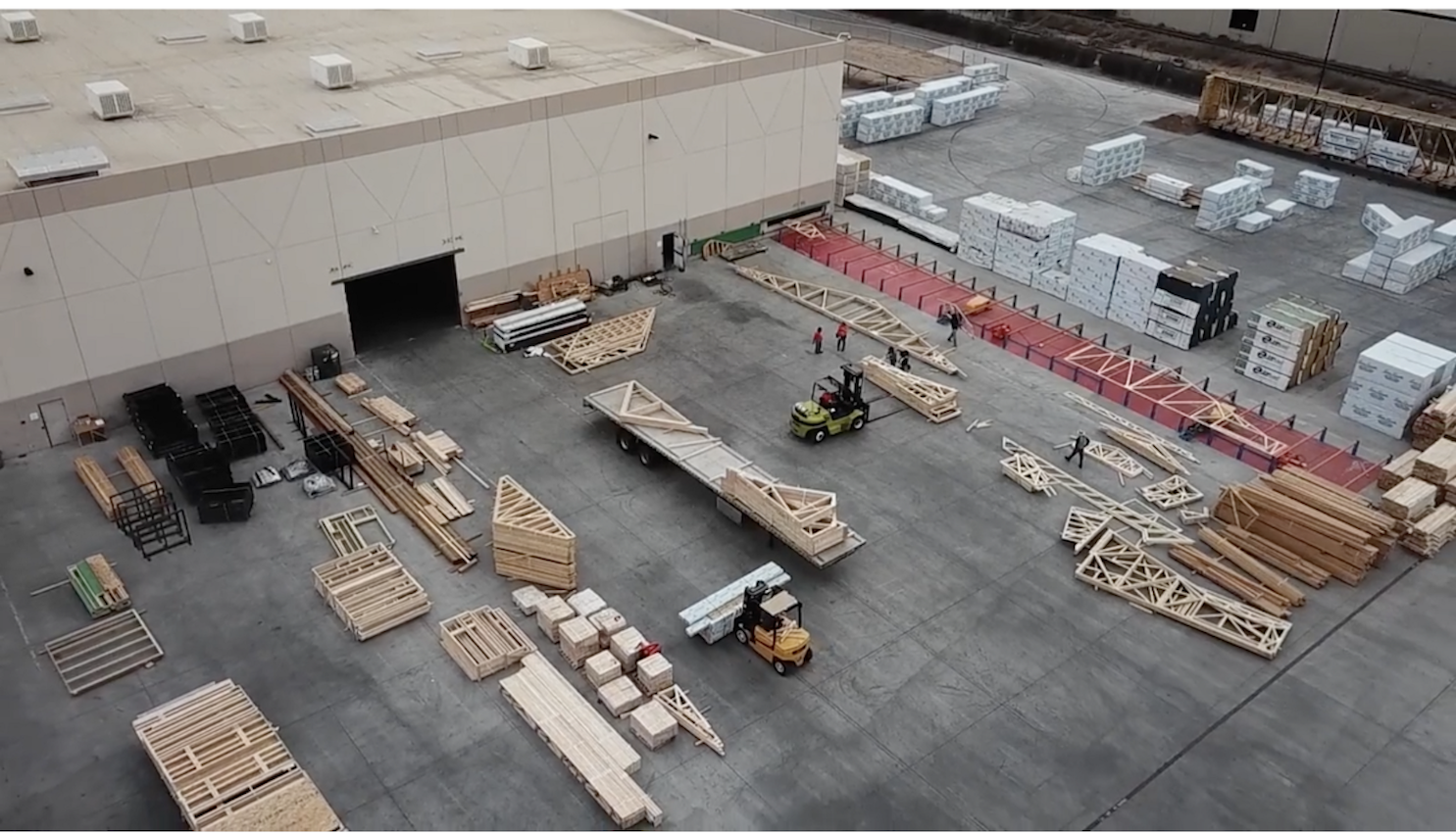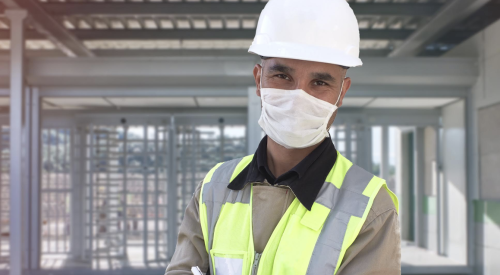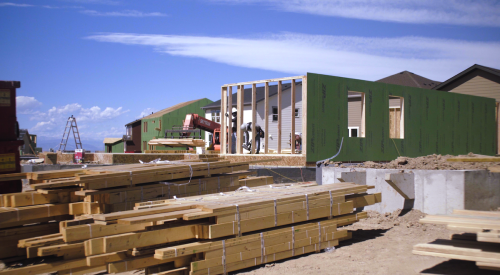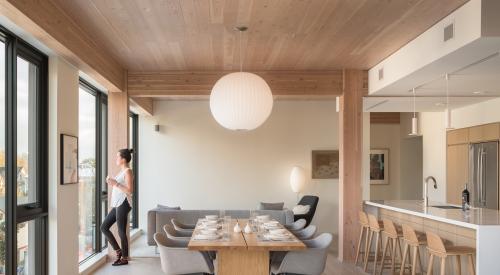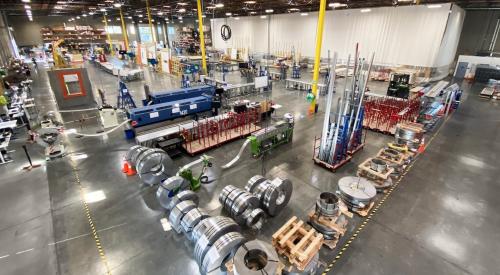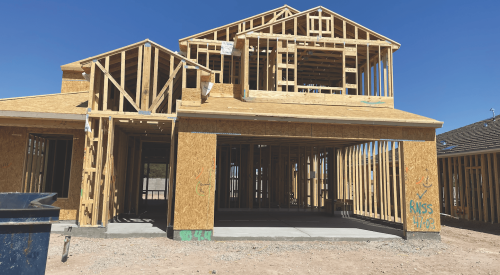The COVID-19 pandemic turned residential construction on its head, as contractors navigated the onslaught of supply chain upheavals, operational restrictions, a volatile economy, and an erratic housing market.
Yet, even prior to the pandemic, the housing industry faced deep-rooted, systemic challenges. The prevalence of traditional building practices and a lack of innovation and industrialization have negatively affected productivity and growth for decades, leading to massive inefficiencies that persistently drive project delays and increase costs while decreasing margins. This legacy approach to building, along with a growing labor shortage and extended approval processes, has led to a sustained housing shortage.
COVID-19 also served to further highlight the acute need for more affordable housing. In turn, it provoked greater interest in the value of off-site construction—and with it the efficiencies of standardized design, virtual design and construction (VDC) technology, improved labor management, and predictable and scalable resources to help meet the need.
3 Reasons Why We Need More Off-Site Construction
While there are many areas in construction ripe for innovation, here are three reasons why off-site construction must accelerate as the impact of the pandemic persists.
1. To improve health and safety
COVID-19 brought a renewed focus to individual health and safety. Essential and non-essential construction project designations, social distancing, and other requirements profoundly transformed the everyday ways of working, including on the jobsite.
Off-site construction introduces a host of unique worker safety benefits. For example, factory environments support social distancing practices, since workers remain in controlled, stationed zones. This approach also reduces the risk of accidents that workers typically face on traditional jobsites, such as traffic accidents, falling from heights, and trench cave-ins. In fact, The Boston Consulting Group found that workplace accidents are halved in off-site construction settings.
In a factory environment, workers also are protected from harsh sun or cold rain, and they have more control and can better monitor air quality to create a healthier, more desirable workplace. Finally, a greater number of workers benefit from a predictable commute to a static location, rather than a different jobsite, affording them a greater chance of home and community stability.
2. To increase productivity
The construction industry is massive, representing 13% of global GDP. However, the industry has only improved productivity growth by 1% year over year for more than 20 years, according to a 2017 McKinsey report. COVID-19 further emphasized the need for a renewed approach to improve chronic inefficiencies.
Off-site construction will drastically improve industrywide efficiency and increase predictability around building timelines and costs. For starters, concurrent site and factory work allows for projects to be completed more quickly. The Modular Building Institute found that projects can be completed up to 50% faster than traditional construction. Building off-site also protects against external disruptions, such as inclement weather and humidity.
Standardizing building design allows for precision in material supply and use, which helps reduce scrap materials as well as costs.
In addition, inadequate construction documents and late-in-the-game specification changes or rework drive change orders and requests for information (RFIs) that can add at least 11%, and perhaps as much as 40%, to the final project cost, according to the McKinsey report.
Prefabricated construction eliminates that uncertainty and cost: Design and documentation needs to be fully resolved, or productized, prior to manufacturing, far in advance of it arriving on site. This detailed level of project definition allows developers and contractors to lock in approximately 70% of the overall project hard cost early in the development timeline. In short, factory-built housing provides a realistic pathway to help scale up repeatable building designs that can be deployed in large volume—in predictable time frames—to help meet growing needs for affordable housing in high-growth municipalities.
Let's quickly bust the myth that standardized design, prefabrication, and the quest for project predictability means cookie-cutter homes and homogenous communities. Even developers who describe their strategy as more cost-conscious than design-lead will get curated interior finish selections that ensure cohesive design choices. A menu of exterior façade material choices maintains cost expectations while supporting context- and AHJ (Authority Having Jurisdiction)-responsive design. Alongside factory-built precision, this ultimately leads to a higher-quality finished building and overall occupant experience.
RELATED
- Watch: The World According to Katerra
- Precut Framing Field Test: Does This Off-Site Solution Earn Its Keep?
- Exclusive Research: The Off-Site Argument
- Off-Site Construction: A Real-World Study
- On-Site vs. Off-Site: a Total Cost Analysis for Home Builders
3. To reduce waste
Even with increasing sustainability practices, the construction industry generates an enormous amount of waste in scrap and oversupplied or expendable materials. The Environmental Protection Agency calculated that construction and demolition debris generated more than 600 million tons of waste in 2018—the equivalent of 6.5 cities full of skyscrapers. On a building scale, this equates to 100 tons per 50,000 square feet of new construction, and jumping to 4,000 tons if demolition was required to prepare the site.
By contrast, standardizing building design allows for precision in material supply and use, which helps to reduce scrap materials as well as costs.
Off-site construction also lends itself to new kinds of sustainable building materials, such as cross-laminated timber (CLT). CLT both sequesters carbon and requires less carbon to manufacture compared with concrete and steel, dramatically lowering a building’s lifetime carbon impact. A 2014 Journal of Sustainable Forestry study found that replacing the steel used in construction with timber, such as CLT, could cut global carbon dioxide emissions by 15% to 20%.
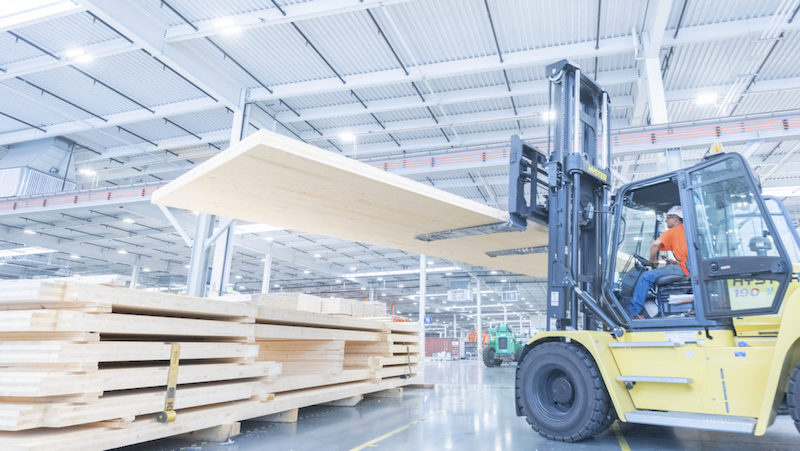
For mid-rise housing in urban areas, CLT is an ideal material. Panels are prefabricated in the factory and shipped to the site ready to be installed, making CLT perfect for small and urban infill spaces. Its exceptional strength-to-weight ratio requires a smaller crane and a less invasive footprint to lift onto the building site.
Off-Site Construction Picks Up Steam
There’s no silver bullet to course-correcting one of the largest industries on Earth. However, off-site construction is just one of many ways firms can improve operational efficiency, gain greater predictability, and build sustainably at scale—all while protecting the health and welfare of millions of construction workers. Off-site construction, driven by a continuous data-feedback loop, allows for constant optimization and evolution in design, manufacturing, and labor management, which in turn will transform how the industry as a whole approaches residential housing.
It’s undeniable that the frequency and severity of industry disruptions will only increase in the coming years. Now is a critical moment to double-down on a technology-driven, innovative approach to residential construction.

Janet Stephenson is the head of building platform sales at Katerra, in Seattle.
